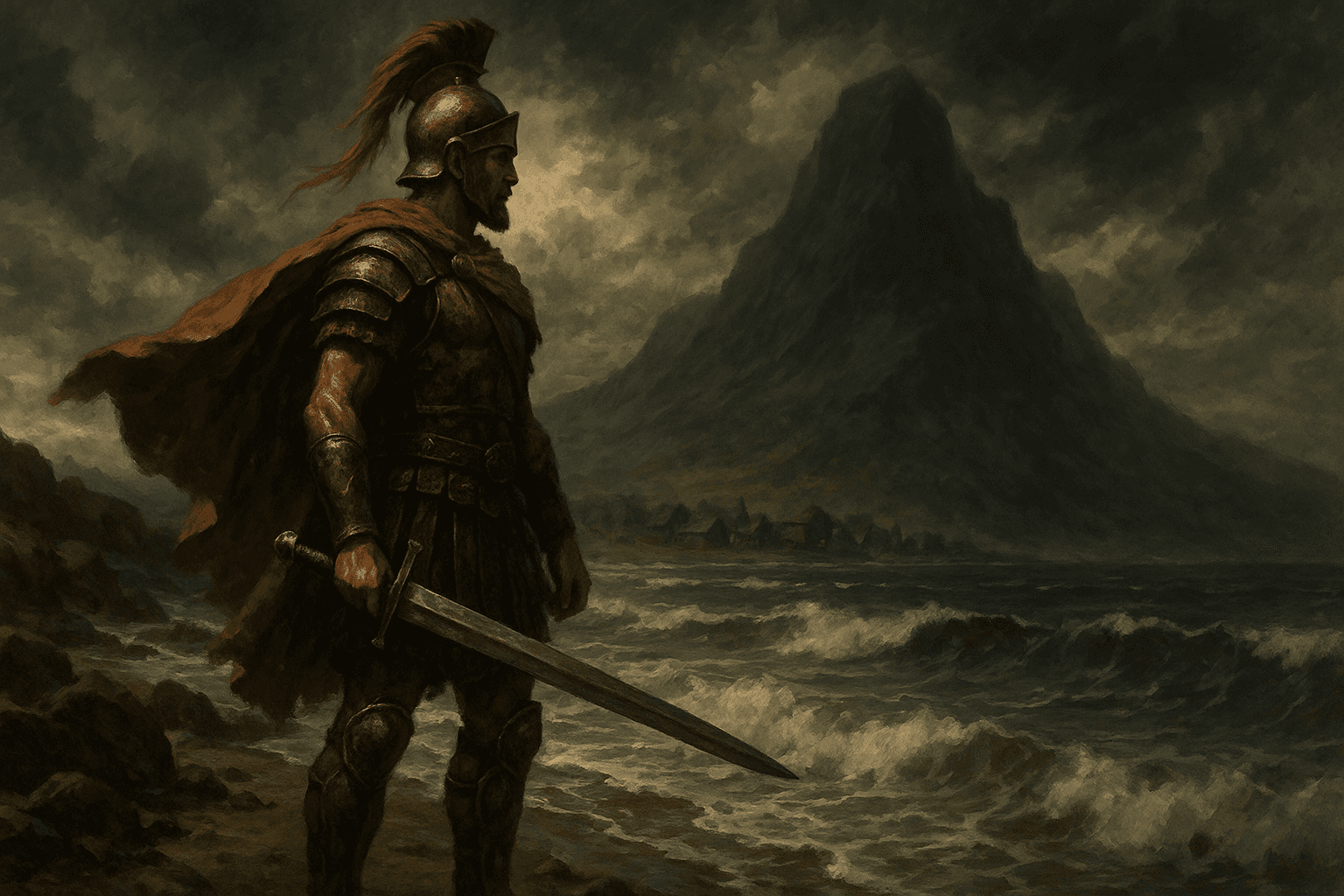Heroism in Beowulf: The Quintessential Anglo-Saxon Epic

When we think of heroes, we often picture figures clad in armor, sword in hand, ready to battle the forces of evil. In the world of Beowulf, this image is richly fulfilled, but the concept of heroism goes beyond just valor and strength. It’s a multifaceted theme woven into the very fabric of this epic poem, reflecting not only the deeds of its titular hero but also the complexities of what it means to be a hero in a world rife with danger and moral ambiguity.
Beowulf, the Geatish warrior, embodies the quintessential hero archetype. His journey begins when he hears of King Hrothgar’s plight—a monstrous creature named Grendel has been terrorizing the Danes for twelve years. Rather than turning a blind eye, Beowulf gathers his loyal companions and sails across the sea, eager to confront this evil. This selfless act of bravery sets the stage for his legendary battles, showcasing the core heroic qualities of courage and loyalty. It’s not merely about defeating Grendel; it’s about restoring hope to a people who have suffered for far too long.
As Beowulf triumphs over Grendel, tearing off his arm in a fierce battle, we see the celebration that follows—a collective joy that unites the Danes and Geats, highlighting how a hero’s victories extend beyond personal glory to uplift an entire community. However, the narrative doesn’t shy away from the darker aspects of heroism. Grendel’s mother seeks vengeance, illustrating the cyclical nature of violence and the burdens that heroes carry. Beowulf’s willingness to face her in her underwater lair emphasizes not only his bravery but also the personal sacrifices he makes to protect others.
As the story progresses, the theme of heroism deepens. Beowulf becomes king of the Geats and rules for fifty years, a tenure marked by peace and prosperity. Yet, the peace is shattered when a dragon awakens, leading Beowulf into his final battle. This confrontation reveals the complexities of heroism as Beowulf, now aged, chooses to face the dragon alone, driven by a sense of duty and responsibility. His decision to fight, despite knowing it may lead to his demise, encapsulates the essence of true heroism. It’s about more than personal glory; it’s about the legacy one leaves behind.
In his last moments, we see Beowulf reflecting on his life and the impact of his actions. He bequeaths his treasures to his people, emphasizing the importance of leadership and the weight of responsibility that comes with power. His death is not just a tragic end but a poignant reminder of the fleeting nature of life and the enduring impact of heroic deeds. The construction of a burial mound in his honor symbolizes the lasting tribute to a hero who, while flawed, embodied the ideals of courage, loyalty, and sacrifice.
As the Geatmen mourn and celebrate Beowulf’s life, they reflect on the kind of hero he was—not just a warrior who fought battles but a leader who brought hope and unity. It’s a powerful reminder that heroism isn’t merely defined by physical strength but by the relationships we build and the legacy we leave behind.
In conclusion, Beowulf teaches us that heroism is a complex tapestry of bravery, sacrifice, and the legacies we forge. It invites readers to ponder not just what it means to be heroic, but also the responsibilities that come with such a title, urging us to consider how we can embody these ideals in our own lives. So, as we close the book on this epic tale, we are left with one lingering question: What kind of hero do we choose to be in our own stories?
Books: Beowulf: An Anglo-Saxon Epic Poem
Publishers: Public Domain